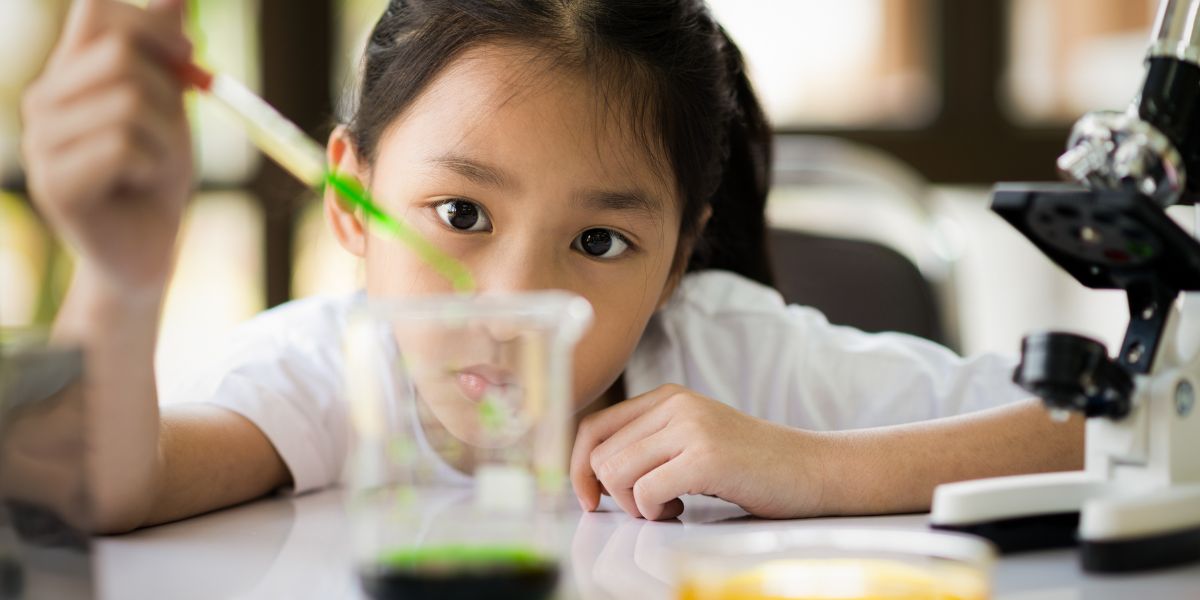
To set up a home lab for your science projects, you need to ensure you have the right equipment and supplies in place. But that's just the beginning. Designing a functional workspace and adhering to safety protocols are equally important. Yet, there's a crucial aspect that can often be overlooked – one that can make or break your experiments. Curious to know what it is? Let's explore further.
Essential Equipment and Supplies
When setting up your home lab for science projects, gather essential equipment and supplies to ensure smooth experimentation. Start by stocking up on basic items like beakers, test tubes, and graduated cylinders for measuring and mixing liquids. A reliable set of glassware is crucial for conducting experiments accurately. Additionally, make sure to have a variety of chemicals such as acids, bases, and indicators for reactions and testing purposes.
For experiments involving heat, acquire a Bunsen burner or a hot plate along with heat-resistant gloves for safety. These tools are essential for heating substances and carrying out experiments that require high temperatures. Moreover, having a microscope for observing small specimens and a magnifying glass for closer inspections can enhance your scientific inquiries.
Don't forget about safety gear like goggles, gloves, and lab coats to protect yourself during experiments. These items are vital for ensuring your well-being while working with potentially hazardous materials. By having these essential equipment and supplies on hand, you can set up a functional home lab ready for exciting scientific explorations.
Designing Your Home Lab Space
To optimize your scientific endeavors at home, consider the layout and organization of your designated lab space. Start by choosing a well-ventilated area with good lighting to work comfortably. Ensure your work surface is sturdy and easy to clean, such as a table or desk. Keep essential supplies within reach, organizing them in labeled containers or drawers for easy access. Utilize shelves or storage units to keep your workspace clutter-free and organized. Consider investing in a pegboard or magnetic strip to hang frequently used tools like scissors, rulers, or safety goggles for quick retrieval.
Arrange your equipment in a logical order based on your workflow to streamline your experiments. Designate specific areas for different tasks, such as a mixing station, observation corner, and storage space for ongoing projects. Keep safety in mind by placing a fire extinguisher and first aid kit in an easily accessible location. By designing a well-thought-out home lab space, you can enhance your scientific exploration and foster a productive learning environment.
Safety Precautions and Guidelines
Ensure your home lab is equipped with necessary safety precautions and guidelines to protect yourself and others during scientific experiments. Safety should always be a top priority when conducting experiments at home. Start by wearing appropriate personal protective equipment, such as safety goggles, gloves, and lab coats, to prevent any accidents or exposure to harmful substances. Make sure to have a first aid kit readily available in case of emergencies.
Additionally, always read and follow the instructions for each experiment carefully. Keep your work area well-ventilated to avoid inhaling any fumes or gases. Properly label all chemicals and equipment to prevent mix-ups. Never eat or drink in the lab to avoid contamination. Dispose of waste materials according to local regulations and guidelines.
In case of a spill, clean it up immediately using the proper cleaning materials. Have a fire extinguisher nearby and know how to use it. Lastly, always have adult supervision when working with hazardous materials or conducting experiments that may pose risks. By following these safety precautions and guidelines, you can ensure a safe and successful home lab experience.
Budget-Friendly Tips for Students
Consider smart shopping strategies to make your home lab setup affordable and student-friendly. When looking for equipment and materials, start by checking online marketplaces or discount stores for deals. You can often find gently used items like beakers, test tubes, and even microscopes at a fraction of the cost. Additionally, keep an eye out for bulk discounts or sales on essential supplies such as chemicals, glassware, and safety gear.
Another budget-friendly tip is to repurpose everyday items for your experiments. For example, plastic containers can double as mixing bowls, while old newspapers can serve as a protective covering for your work surface. Get creative and think outside the box to save money without compromising the quality of your projects.
Furthermore, consider reaching out to local universities or science centers to inquire about borrowing or renting equipment. Some institutions offer programs that allow students to access lab tools for a nominal fee or even for free. By exploring all your options and being resourceful, you can set up a home lab that meets your scientific needs without breaking the bank.




